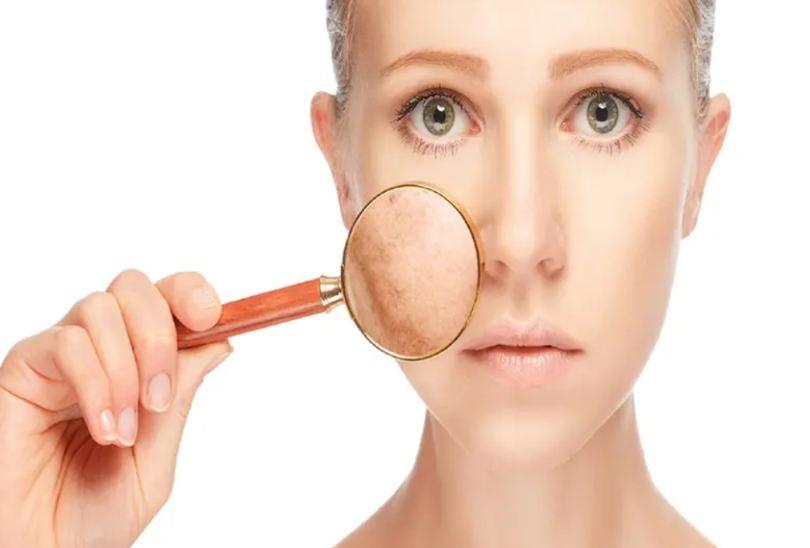Dead skin cells are the outermost layer of skin cells that have completed their life cycle and are ready to be shed. These cells are constantly being replaced by new skin cells that are produced in the lower layers of the skin.
Understand How To Remove Dead Skin Cells
Dead skin cells can accumulate on the surface of the skin, leading to a rough, dull, and uneven skin texture. Removing dead skin cells through exfoliation can help to improve the overall appearance and health of the skin.
There are several ways to remove dead skin cells, including:
- Physical exfoliation: This involves using a physical tool or product, such as a facial scrub or a facial brush, to physically remove dead skin cells from the surface of the skin.
- Chemical exfoliation: This involves using products that contain exfoliating agents, such as alpha hydroxy acids (AHAs) or beta hydroxy acids (BHAs), to dissolve dead skin cells and improve the overall texture and appearance of the skin.
- Enzymatic exfoliation: This involves using products that contain enzymes, such as papain or bromelain, to break down dead skin cells and improve the overall texture and appearance of the skin.
It is important to use exfoliating products and tools as directed and to be gentle to avoid causing irritation or injury to the skin. It is also important to use a moisturizer and a sunscreen to protect and nourish the skin after exfoliating. If you have sensitive or reactive skin, it is a good idea to consult with a dermatologist or skin care professional before using any exfoliating products or tools.
How To Improve Dead Skin Cells
- Exfoliate regularly: Regular exfoliation can help to remove dead skin cells from the surface of the skin, improve the overall texture and appearance of the skin, and promote the growth of new, healthy skin cells.
- Use a gentle exfoliator: Choose an exfoliator that is suitable for your skin type and concerns. Physical exfoliators, such as facial scrubs or brushes, may be too harsh for some skin types and can cause irritation or injury. Chemical exfoliators, such as AHAs or BHAs, or enzymatic exfoliators, such as papain or bromelain, may be gentler options.
- Follow a consistent skin care routine: A consistent skin care routine that includes cleansing, toning, and moisturizing can help to improve the overall health and appearance of the skin.
- Use a moisturizer: Moisturizing the skin can help to keep it hydrated and nourished, which can improve the overall texture and appearance of the skin.
- Use a sunscreen: Wearing a broad-spectrum sunscreen with an SPF of 30 or higher can help to protect the skin from the harmful effects of the sun, which can lead


Leave a Comment